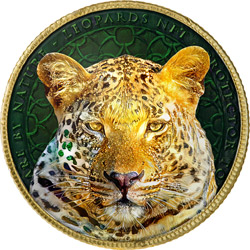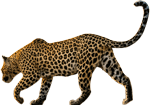Looking back on the events of last week, we can be reminded that nothing in the bush is ever constant. The fall of one being gives rise to an army of others. Last week we saw exactly this with the death of a giraffe in Sable boma pan and how one animal’s death provided a meal for hundreds upon hundreds of Vultures of all species, shapes and colour’s.
Vulture’s wait for death to fall upon the bush as this is what through its own mechanisms will give them sustenance. Their bald heads enable them to stick their neck deep into the rotting depths of their rotting prey without soiling their feathers. However, the rotting carcass is not a blight on the vultures’ upkeep, and they are some of the cleanest birds found in Africa’s wild.
Two weeks later the giraffe carcass is still providing the bush with a lifeline in drying times leading into winter.
From Vultures to Lion cubs, Enjoy this Week in Pictures…

A white-backed vulture comes in to land on the remains of the giraffe. Vultures will generally have to wait until the lions have left the scene entirely before they get an opportunity to feed. F5.6 1/1250 ISO 2000

The older Tsalala lioness looks towards where her cubs are playing near a waterhole. F5.6 1/500 ISO 1600

The cubs generally don’t venture too far during their games, and if they do their mother will generally call them back. F5.6 1/2000 ISO 400

Three banded plovers are often overlooked owing to their small size, but are some of the prettiest waterbirds found on the reserve. F5.6 1/1000 ISO 400

The Tsalala cubs are found almost daily, spending much of their time in either the Sand or Manyelethi rivers.F5.6 1/200 ISO 400

Excessive wrinkling of an elephant’s skin grants it much greater surface area through which it can lose heat. F5.6 1/100 ISO 500

With a much lower population in the Sabi Sands than leopards, and indeed the Kruger Park as a whole, cheetahs are not encountered too often. This male has been hanging around the area for a couple of years thankfully. F5.6 1/320 ISO 400

A whitefaced owl, it’s white facial disks with broad black borders are unmistakeable. F5.6 1/125 ISO 2000

The Mashaba female stares towards where some male impala were rutting. Minutes after this four lionesses from the Mhangeni pride rushed in and stole the kill that she had failed to hoist. F5.6 1/80 ISO 800


































Amazing photography Son, probably the best.
Wonderful pictures
Gorgeous photos, thanks so much for sharing!
Greats pics
Hi Avi, and thank you for a great blog and fantastic pictures! It’s so exciting to hear of the exchange program between Londolozi and Leopard Trails — I’m sure it will be very beneficial for everyone. How long are you at Londolozi? I look forward to seeing more of your blogs and pictures!